I have a list of edge lists of some graphs. For example, let's consider the following list
G_list = [[(0,1), (0,2)], [(0,3), (1,3)], [(0,3), (1,3)], [(0,3), (1,3), (2,3)]]
The graphs generated from the above list, G0, G1, G2 and G3 are shown below:
We can see (and check) that G0 is isomorphic to G3. Also, note that G0 is isomorphic to G1, but G0 and G1 are automorphic to each other.
Now I want to find the fastest way to find all pairs of isomorphic graphs in such a list and output them as a list of tuples. It would be even better if we can reject automorphisms from this list.
Here the ideal output from the list should be G_iso = [(G0, G3)]. However note that there can be more than one isomorphic pairs of graphs in the list.
Thanks a ton in advance! Sorry if this is an extremely noob question.
